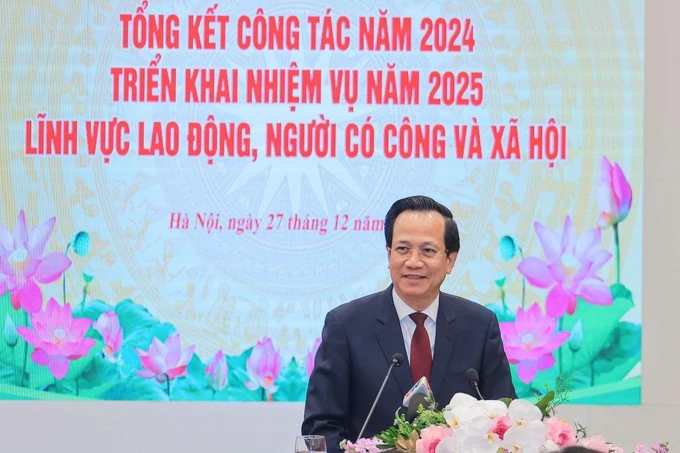
Minister of of Labour, Invalids and Social Affairs Dao Ngoc Dung speaks at the event. (Photo: VNA)
Between 2021 and 2024, Viet Nam has reduced the rate by approximately 4.2%, an average year-on-year decrease of 1.05%. Annually, it drops by over 4% in poor districts to about 26% at present, and by more than 3% among ethnic minority groups to less than 13.5%.
Ten communes with particular disadvantages in sandbank, coastal, and maritime areas, along with one district, have managed to escape from poverty during the period, according to the ministry.
Among other key achievements of 2024, the unemployment rate in urban areas is kept low, under 3%, while the rate of trained workers stands at 69%, meeting the National Assembly’s target. Meanwhile, about 20.1 million people (42.7% of the working-age population) have participated in social insurance, and 15.8 million (33%) are now covered by unemployment insurance.
The average monthly wage for salary earners rose to 8.5 million VND (334 USD), a rise of 1.9 million VND compared to 2020. Fatal workplace accidents decreased by an average of 4.5% per year, achieving the set target, MoLISA said.
Despite these successes, it admitted, several problems persist. Mild labour shortages occur in some industrial and economic hubs, poor and near-poor households face unstable livelihoods and income, a large number of workers lack vocational skills, the quality of human resources remains low, and there is still a shortage of basic social services. Some localities are still sluggish in implementing the national target programme on sustainable poverty reduction.
Minister Dao Ngoc Dung noted a key task for 2025 is to continue taking measures for developing the labour market, particularly expanding sustainable employment and livelihood opportunities. It is also necessary to develop a labour market information system and employment database, create more jobs for the youth, middle-aged workers, women and vulnerable groups, and formalise informal jobs.
He said next year’s sustainable poverty reduction measures will revolve around eliminating substandard housing, supporting livelihood development and diversification, and improving income stability for poor and near-poor households./.
Source: VNA

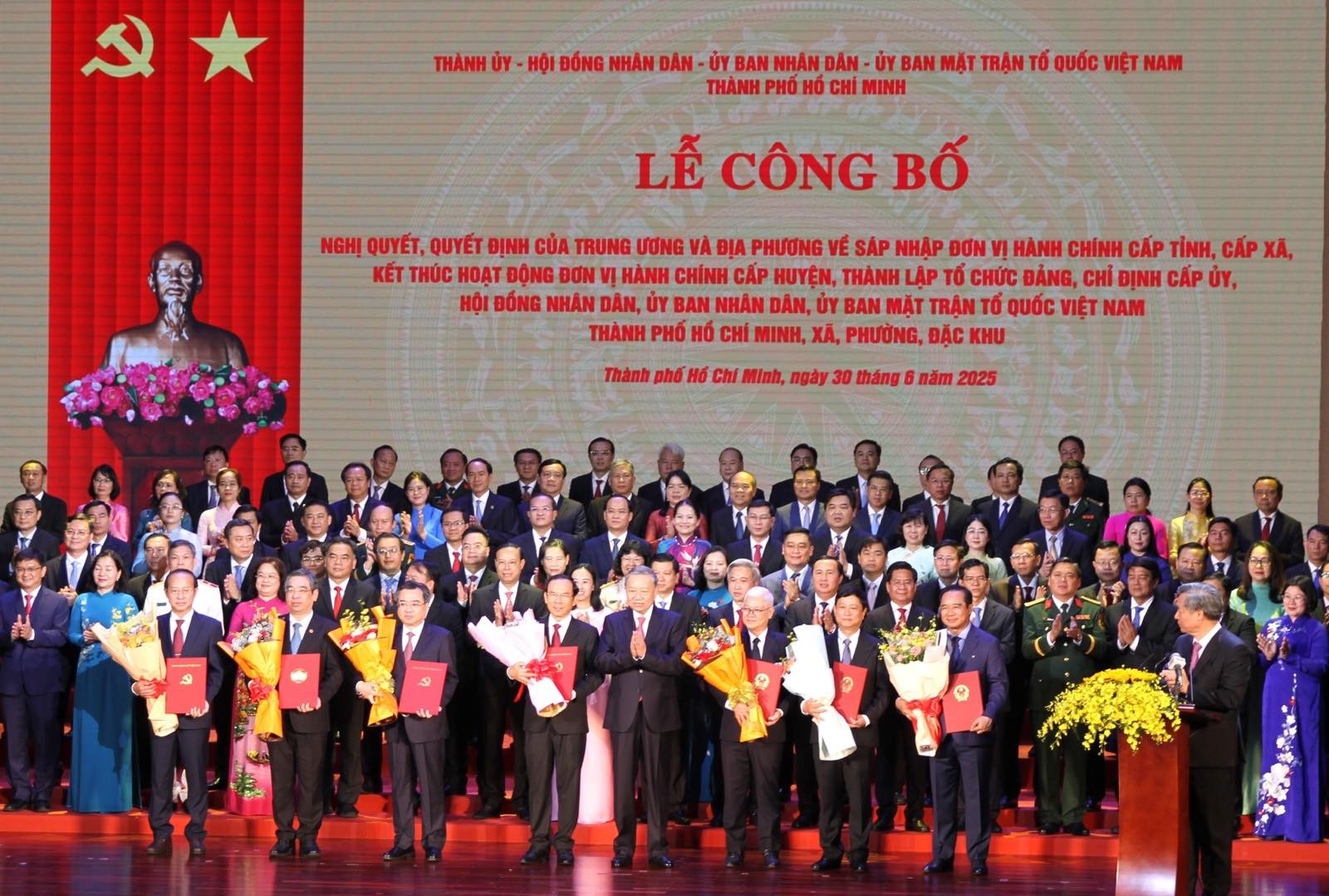

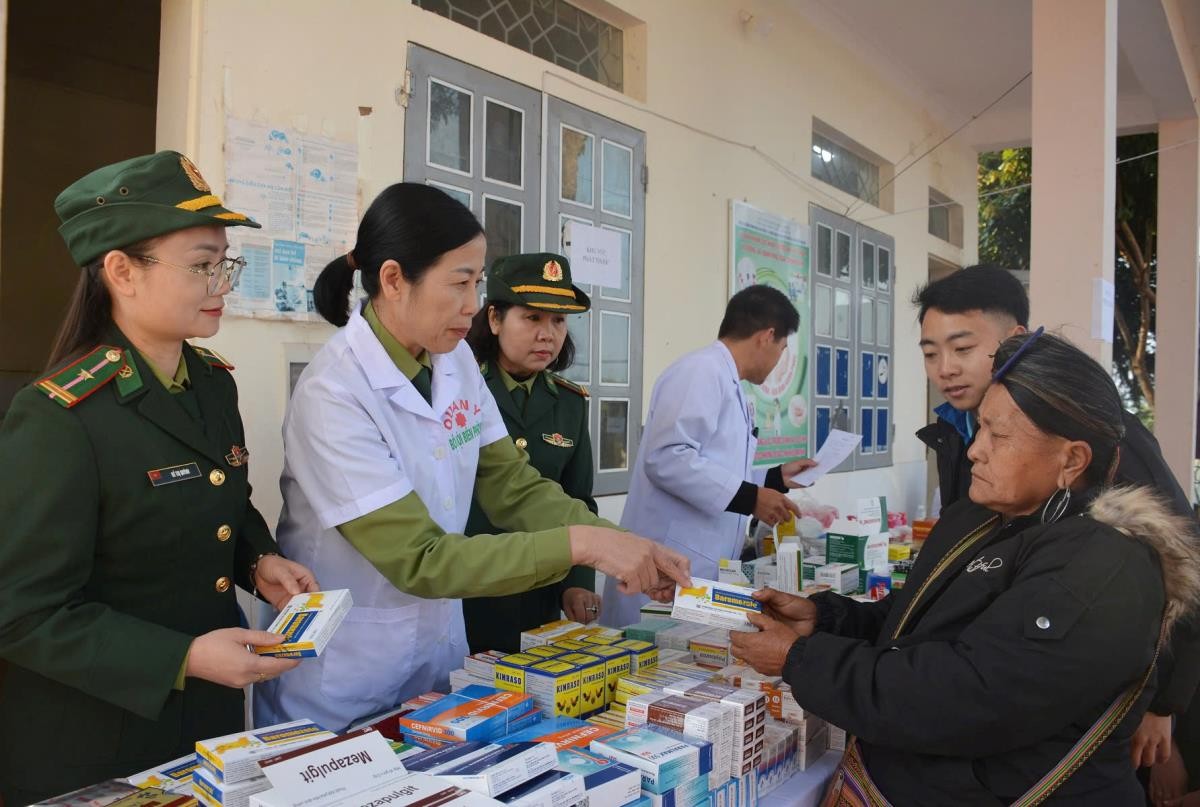

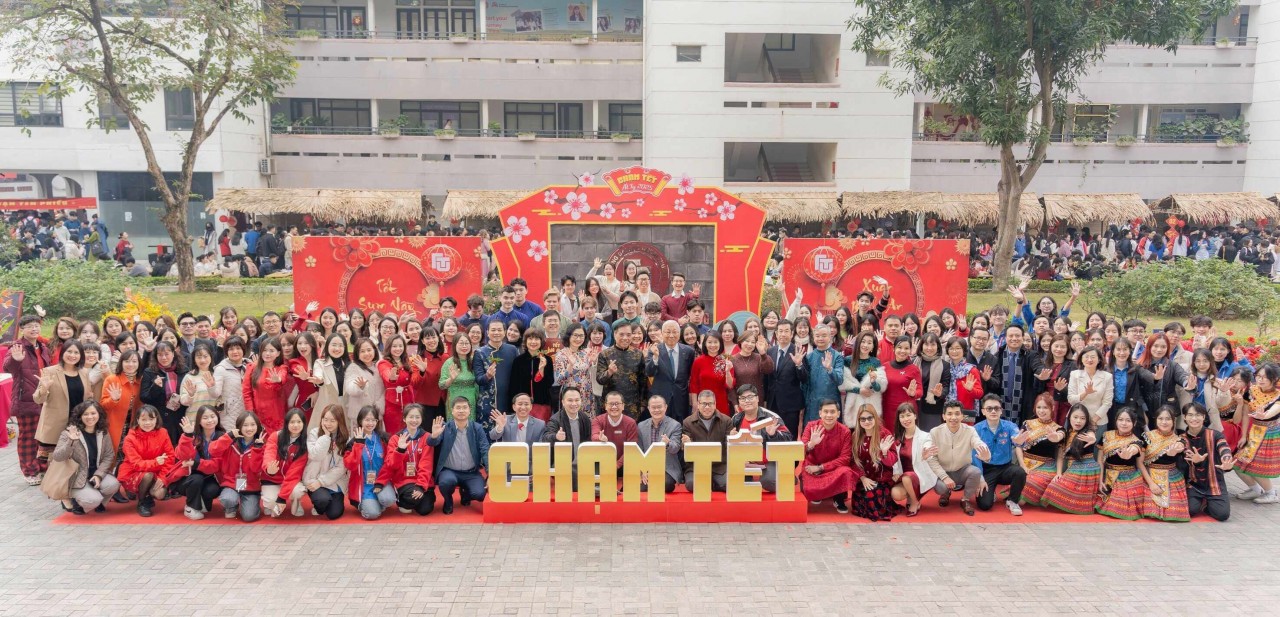

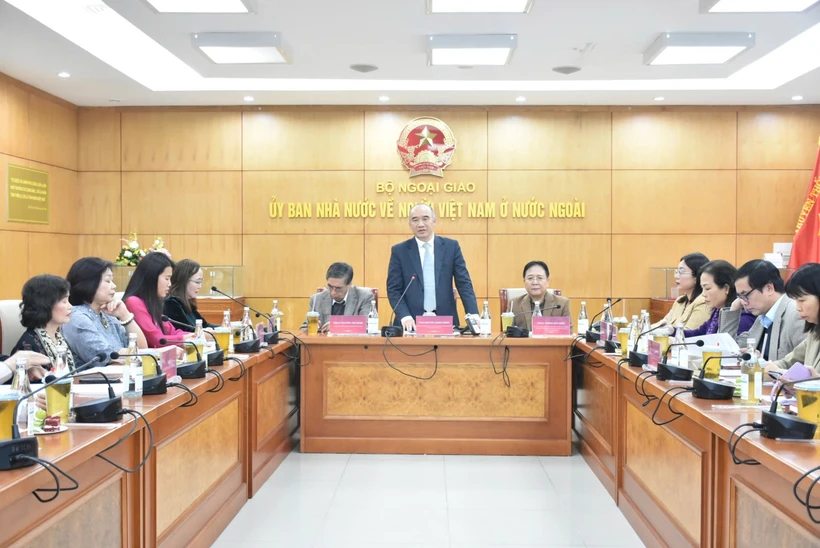

.webp)


.webp)